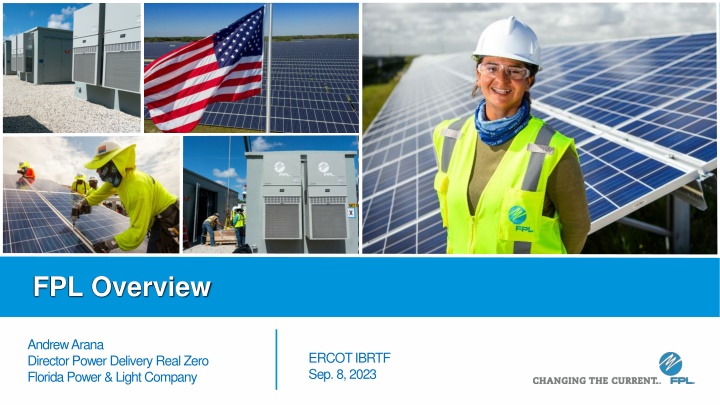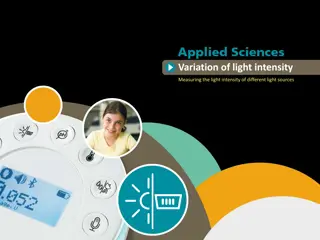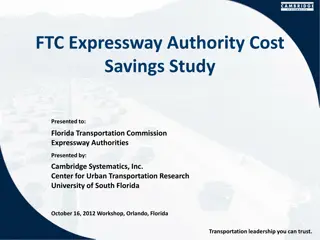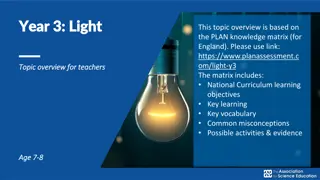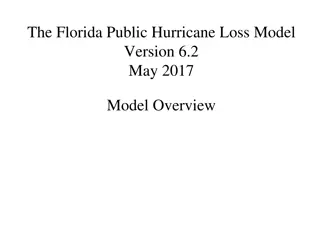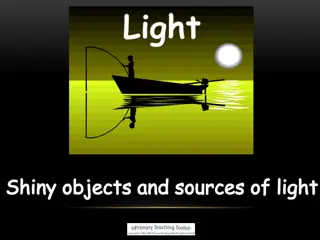Florida Power & Light Company Overview
Florida Power & Light (FPL) is the largest utility in Florida, serving approximately 5.8 million customers across 43 counties. With a focus on renewable energy sources, FPL has made significant strides in incorporating solar and nuclear energy into its power generation mix. The company also has plans to expand its transmission-connected PV and BESS systems, as well as introducing green-hydrogen technology. Additionally, FPL has adopted IEEE 2800 standards and is exploring novel solutions to address weak-grid challenges.
Download Presentation

Please find below an Image/Link to download the presentation.
The content on the website is provided AS IS for your information and personal use only. It may not be sold, licensed, or shared on other websites without obtaining consent from the author.If you encounter any issues during the download, it is possible that the publisher has removed the file from their server.
You are allowed to download the files provided on this website for personal or commercial use, subject to the condition that they are used lawfully. All files are the property of their respective owners.
The content on the website is provided AS IS for your information and personal use only. It may not be sold, licensed, or shared on other websites without obtaining consent from the author.
E N D
Presentation Transcript
FPL Overview Andrew Arana Director Power Delivery Real Zero Florida Power & Light Company ERCOT IBRTF Sep. 8, 2023
FPL is the largest utility in the state serving ~5.8 million customers across 43 counties 9,377 miles of transmission lines 78,822 miles of distribution lines 871 substations* 83,401 transmission structures 1.4 million distribution poles 1.1 million transformers 33,757 MW Generation Resources 4,479 MW Solar/500 MW BESS System Peak Load ~27,000 MWhr Balancing Authority/Transmission Operator functions for FPL Reliability Coordinator agent for FRCC FPL segment service area *as of Dec. 31, 2022 * (Infrastructure figures as of January 2023) 2
Florida Power & Light overview FPL s 2023 peak load demand: 27,700MW In 2022, FPL delivered 26% of its energy from zero emission nuclear and solar, remainder was from natural gas Transmission-connected PV will increase from 5GW at the end of 2023 to 23.5GW in 2032 Transmission-connected BESS will increase from 469MW in 2023 to 2.5GW in 2032 Our first green-hydrogen pilot will be commissioned in late 2023 3
Adoption of IEEE 2800 Previously, FPL developed facility interconnection requirements in response to system studies and NERC recommendations Improve ride-through by addressing momentary cessation, instantaneous frequency tripping, etc. This did not require significant retroactive plant upgrades Requirement of additional monitoring and recording devices FPL adopted IEEE 2800, excluding the last 2 chapters monitoring and testing Detailed technical design and performance specifications Many vendors are familiar with IEEE 2800 and have started testing their equipment Applicable to newly interconnecting IBR; it was not necessary or prudent to require wholesale retroactive upgrades FPL will require testing and enforcement when IEEE 2800.2 is complete Equipment manufacturers cannot certify compliance with all portions of IEEE 2800 until the testing standard is complete 5
Novel solutions to IBR weak-grid challenges Grid-forming inverters may also be an effective solution EPRI s generic GFM models are effective for initial feasibility studies 1 2 230kV 138kV 230/138kV 560MVA 230/138kV 560MVA Building additional transmission lines is an effective solution Series compensation may also be a viable solution Synchronous condensers improve system strength and stability GFM Battery BESS 6
Grid-forming inverters With the addition of 2000MW of batteries over the next decade, the performance and benefits of GFM inverters must be assessed The primary use cases will be to alleviate weak-grid impacts and improve resilience The initial focus will be on GFM batteries, but benefits of GFM inverters at PV plants will also be explored Simulations are required to determine the most effective way to deploy this technology How many GFM inverters are required to ensure stability? Some studies have suggested that 30% of inverters need to be GFM Where should they be located for maximum effect? GFM functional specifications and performance capabilities must be established in our interconnection requirements 7
